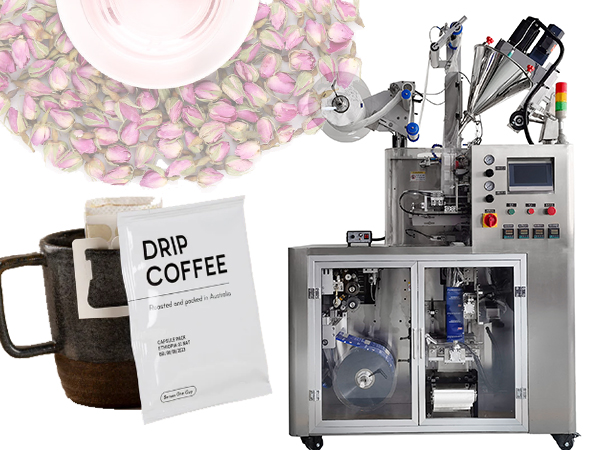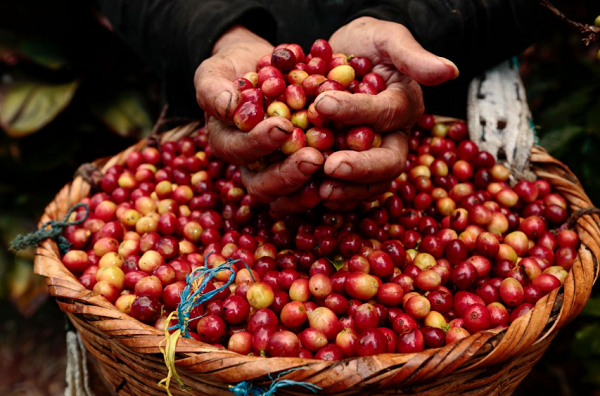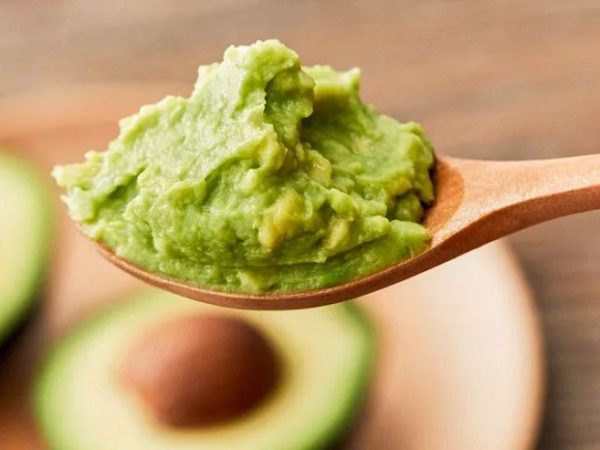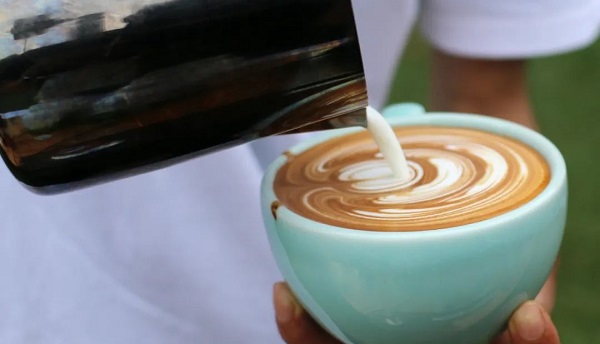What are the effects of chlorogenic acid on coffee flavor?
Chlorogenic acid is an important source of bitterness in coffee, as well as an important source of sourness in coffee, and at the same time, an important source of astringency in coffee.
I think the above sentence is enough to explain the importance of chlorogenic acid to coffee flavor.
Chlorogenic acids are a class of phenolic acids consisting of caffeic acid and quinic acid. The reason why it is called a class is that different quantitative ratios between caffeic acid and quinic acid will form different chlorogenic acids, and there are about a dozen such different chlorogenic acids in coffee.
Among them, the higher content is crown chlorogenic acid and chlorogenic acid.
In chlorogenic acid, the ratio of caffeic acid to quinic acid is 1:1, also known as monocaffeoylquinic acid; in hypochlorogenic acid, the ratio of caffeic acid to quinic acid is 2:1, also known as For dicaffeoylquinic acid.
In specialty coffee roasting, the chlorogenic acid that we often refer to usually refers to crown chlorogenic acid. Crown chlorogenic acid itself has a heavy sour taste. In extremely light roasted coffee, the sharp sour taste we drink is mostly caused by insufficient degradation of chlorogenic acid.

Chlorogenic acid is bitter and has a metallic astringency. In immature coffee cherries, the content of chlorogenic acid is high, but as the maturity of coffee cherries increases, chlorogenic acid will gradually be converted into crown chlorogenic acid. In addition, there are more chlorogenic acid in Robusta coffee beans.
If we drink metallic astringency in coffee, especially espresso, there are usually only three reasons: 1. Coffee beans are mixed with more immature beans; 2. Coffee beans are blended with more Robus Tower coffee beans; 3. The degree of roasting reaches the deeper stage of the second crack.
Chlorogenic acid (if not specified, chlorogenic acid in the following text refers to crown chlorogenic acid by default) is sour, but in roasting, it will be degraded to produce most of the important bitter substances in coffee.
Chlorogenic acid combines with the water in green beans and degrades into astringent caffeic acid and bitter quinic acid in a high temperature environment. In the first explosion stage, the compound molecules are dehydrated and esterified, and the quinic acid is decarboxylated to become a purely bitter quinic acid lactone, which no longer has a sour taste.
What are the effects of chlorogenic acid on coffee flavor?
Chlorogenic acid is an important source of bitterness in coffee, as well as an important source of sourness in coffee, and at the same time, an important source of astringency in coffee.
I think the above sentence is enough to explain the importance of chlorogenic acid to coffee flavor.
Chlorogenic acids are a class of phenolic acids consisting of caffeic acid and quinic acid. The reason why it is called a class is that different quantitative ratios between caffeic acid and quinic acid will form different chlorogenic acids, and there are about a dozen such different chlorogenic acids in coffee.
Among them, the higher content is crown chlorogenic acid and chlorogenic acid.
In chlorogenic acid, the ratio of caffeic acid to quinic acid is 1:1, also known as monocaffeoylquinic acid; in hypochlorogenic acid, the ratio of caffeic acid to quinic acid is 2:1, also known as For dicaffeoylquinic acid.
In specialty coffee roasting, the chlorogenic acid that we often refer to usually refers to crown chlorogenic acid. Crown chlorogenic acid itself has a heavy sour taste. In extremely light roasted coffee, the sharp sour taste we drink is mostly caused by insufficient degradation of chlorogenic acid.
Chlorogenic acid is bitter and has a metallic astringency. In immature coffee cherries, the content of chlorogenic acid is high, but as the maturity of coffee cherries increases, chlorogenic acid will gradually be converted into crown chlorogenic acid. In addition, there are more chlorogenic acid in Robusta coffee beans.
If we drink metallic astringency in coffee, especially espresso, there are usually only three reasons: 1. Coffee beans are mixed with more immature beans; 2. Coffee beans are blended with more Robus Tower coffee beans; 3. The degree of roasting reaches the deeper stage of the second crack.

Chlorogenic acid (if not specified, chlorogenic acid in the following text refers to crown chlorogenic acid by default) is sour, but in roasting, it will be degraded to produce most of the important bitter substances in coffee.
Chlorogenic acid combines with the water in green beans and degrades into astringent caffeic acid and bitter quinic acid in a high temperature environment. In the first explosion stage, the compound molecules are dehydrated and esterified, and the quinic acid is decarboxylated to become a purely bitter quinic acid lactone, which no longer has a sour taste.










